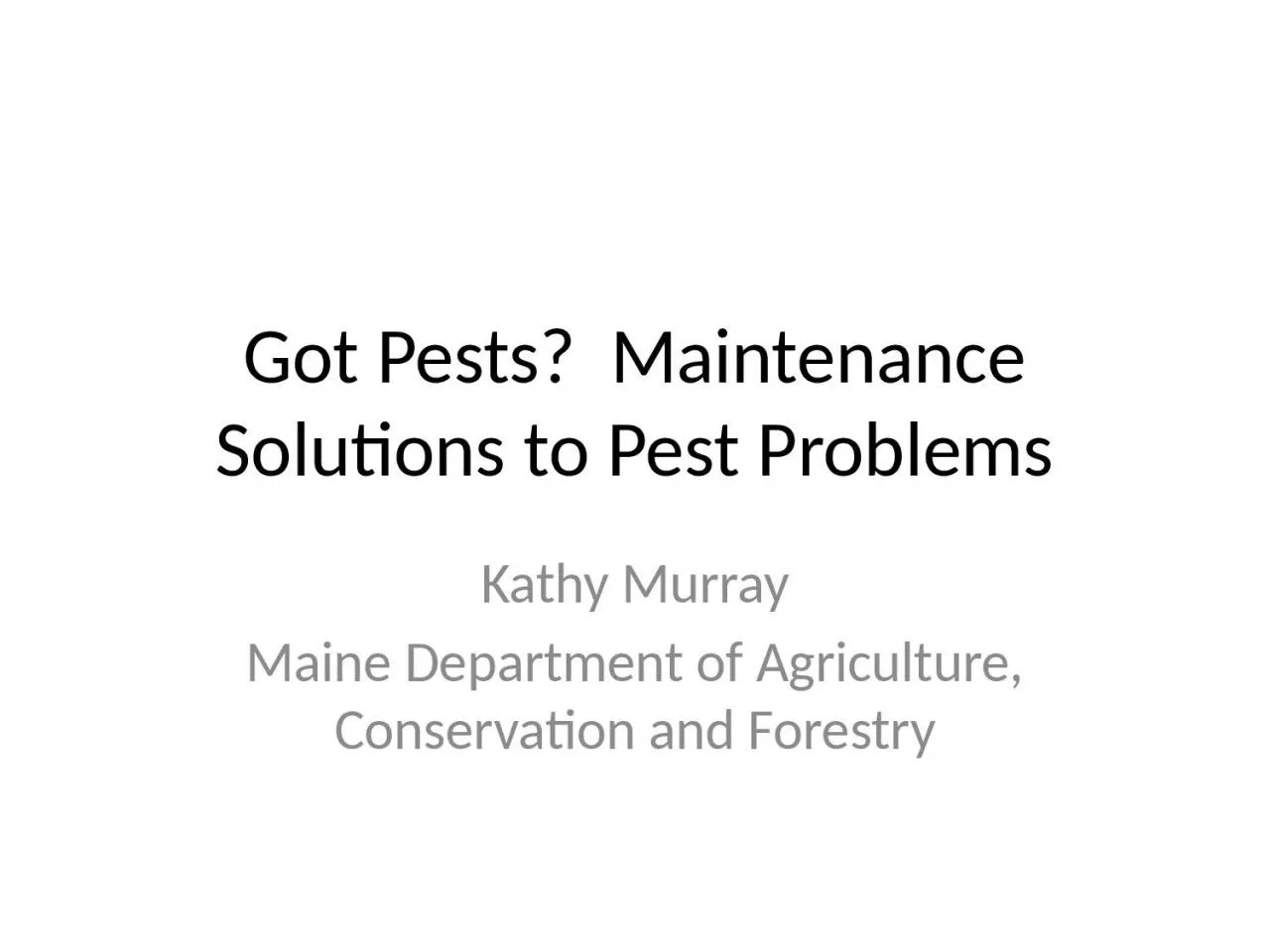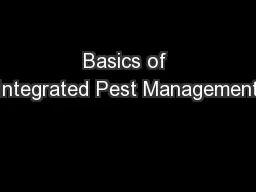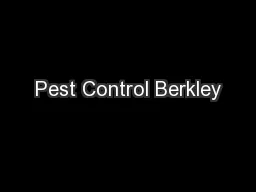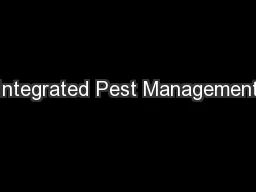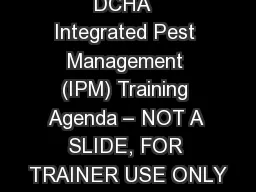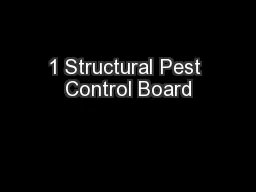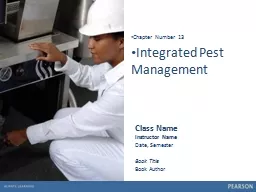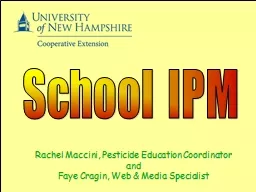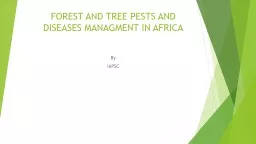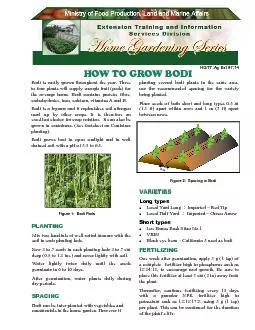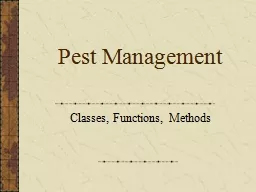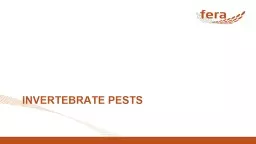PPT-Got Pests? Maintenance Solutions to Pest Problems
Author : sophia | Published Date : 2022-06-11
Kathy Murray Maine Department of Agriculture Conservation and Forestry Ticks and Mosquitoes Grade to eliminate standing water Eliminate watercollecting containers
Presentation Embed Code
Download Presentation
Download Presentation The PPT/PDF document "Got Pests? Maintenance Solutions to Pes..." is the property of its rightful owner. Permission is granted to download and print the materials on this website for personal, non-commercial use only, and to display it on your personal computer provided you do not modify the materials and that you retain all copyright notices contained in the materials. By downloading content from our website, you accept the terms of this agreement.
Got Pests? Maintenance Solutions to Pest Problems: Transcript
Download Rules Of Document
"Got Pests? Maintenance Solutions to Pest Problems"The content belongs to its owner. You may download and print it for personal use, without modification, and keep all copyright notices. By downloading, you agree to these terms.
Related Documents

